About me
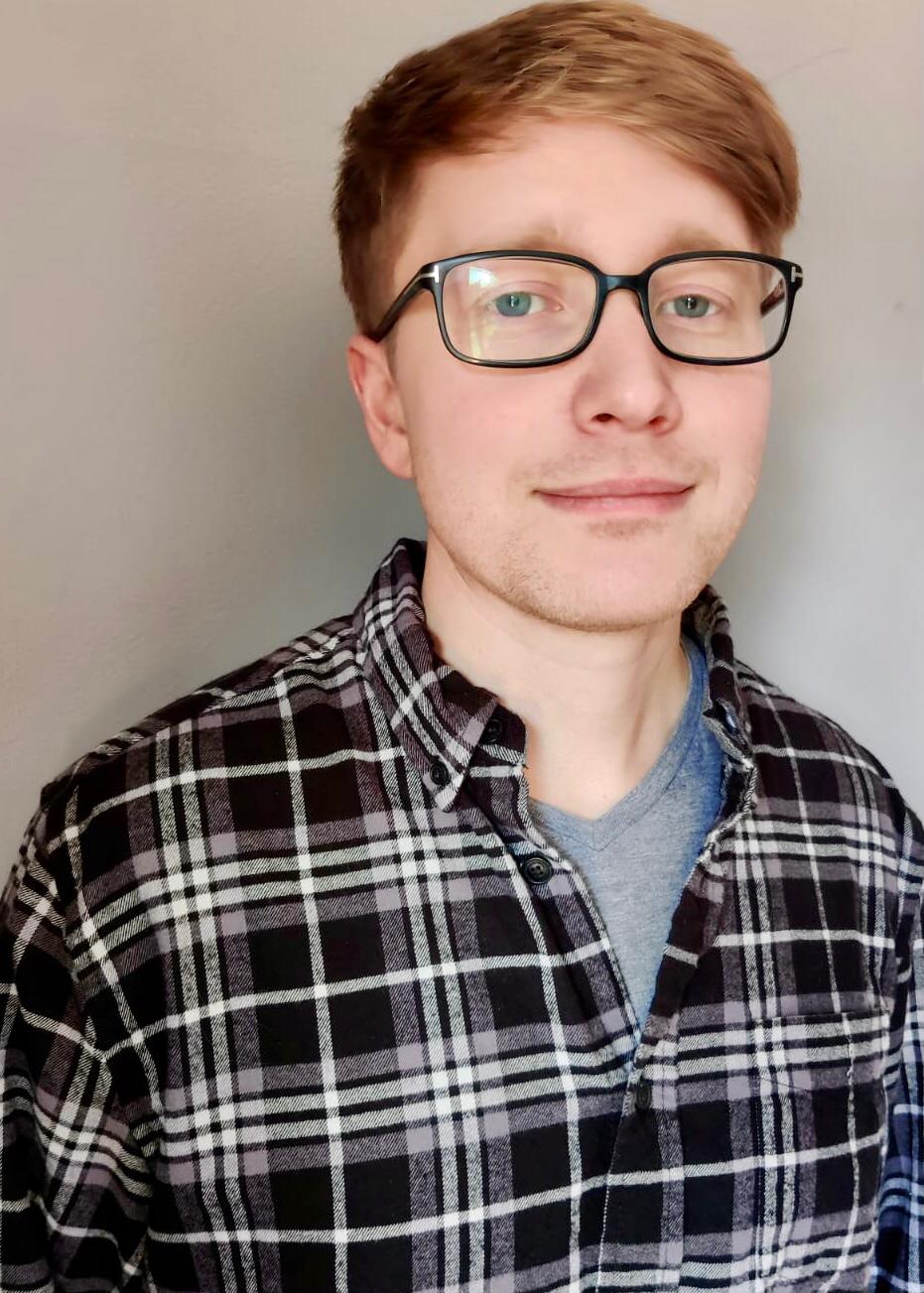
I am a software engineer keenly interested in machine learning systems. I work at Modular building a unified framework , deep learning compiler, and programming language Mojo , which are built on the MLIR compiler infrastructure.
I completed my PhD under the guidance of Parham Aarabi . My PhD dissertation focused on sparse methods for improving the performance and effectiveness of spatiotemporal attention modules in transformers. And I had the pleasure of completing my M.A.Sc. at the University of Guelph advised by Graham Taylor in the Machine Learning Research Group (MLRG) . My master’s thesis focused on attention and fusion operators in computer vision and my research interests include machine learning, deep learning, and computer vision.
Previously in my career, I was a Machine Learning Team Lead at ModiFace, Inc where I applied deep learning to the beauty tech space to create augmented reality (AR) virtual experiences. And prior to that I worked at AMD writing firmware for the AMD Secure Processor .
Research
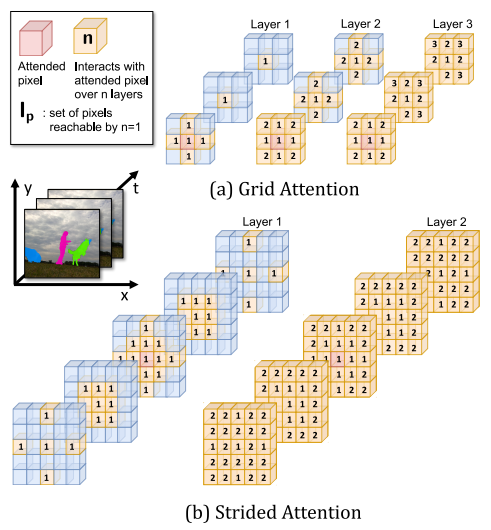
SSTVOS: Sparse Spatiotemporal Transformers for Video Object Segmentation
Brendan Duke, Abdalla Ahmed, Christian Wolf, Parham Aarabi, Graham W. Taylor
CVPR 2021 Oral (4.3% acceptance rate)
We introduce a Transformer-based approach to video object segmentation (VOS). Our method, called Sparse Spatiotemporal Transformers (SST), extracts per-pixel representations for each object in a video using sparse attention over spatiotemporal features.
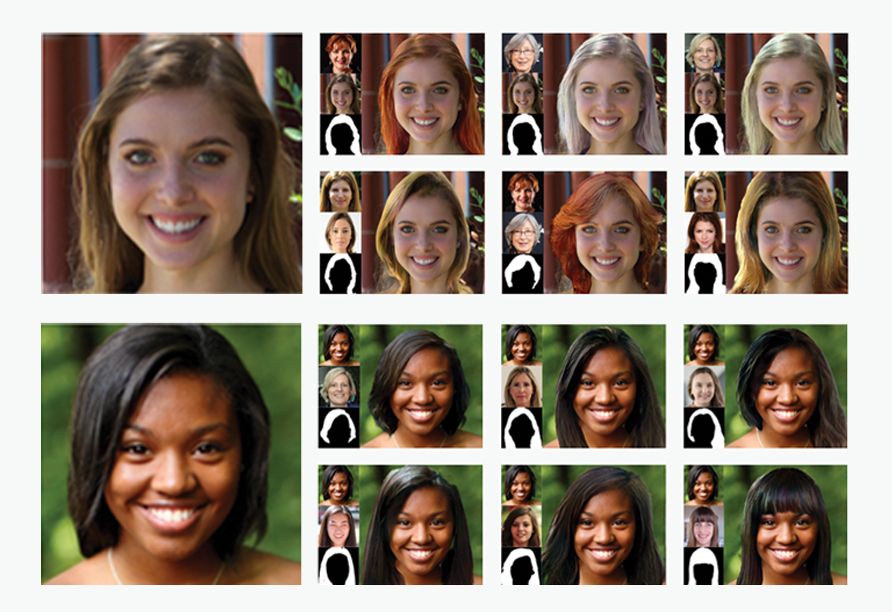
LOHO: Latent Optimization of Hairstyles via Orthogonalization
Rohit Saha, Brendan Duke, Florian Shkurti, Graham W. Taylor, Parham Aarabi
CVPR 2021
We propose Latent Optimization of Hairstyles via Orthogonalization (LOHO), an optimization-based approach using GAN inversion to infill missing hair structure details in latent space during hairstyle transfer. Using LOHO for latent space manipulation, users can synthesize novel photorealistic images by manipulating hair attributes either individually or jointly, transferring the desired attributes from reference hairstyles.
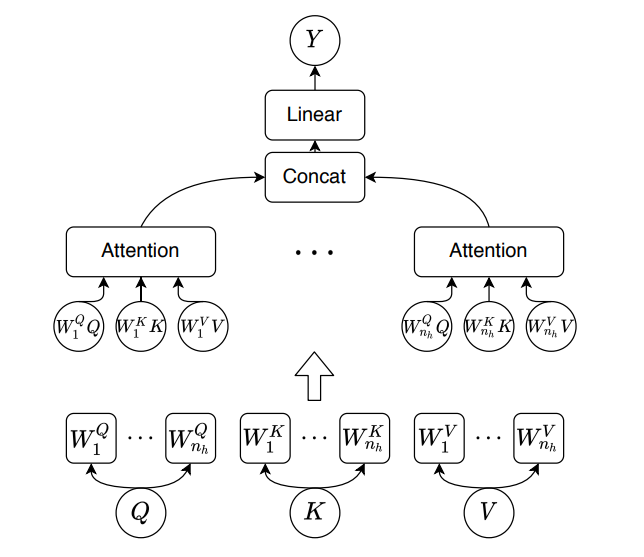
Attention and Fusion of Deep Representations for Computer Vision
Brendan Duke
M.A.Sc. Thesis
In my master’s work I investigated attention and multimodal fusion operators. I applied these operators to visual question answering (VQA) and video object segmentation (VOS).
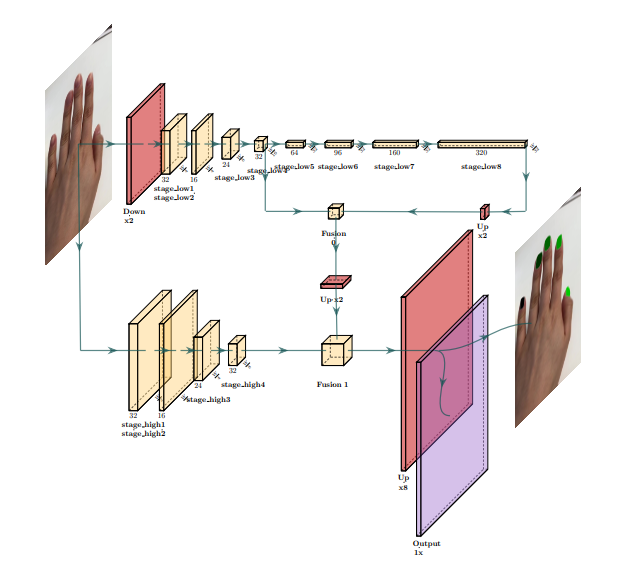
Nail Polish Try-On: Realtime Semantic Segmentation of Small Objects for Native and Browser Smartphone AR Applications
Brendan Duke, Abdalla Ahmed, Edmund Phung, Irina Kezele, Parham Aarabi
CVPR 2019 CV for AR/VR Workshop
We provide a system for semantic segmentation of small objects that enables nail polish try-on AR applications to run client-side in realtime in native and web mobile applications. This work powers a nail polish brand’s virtual try-on experience .
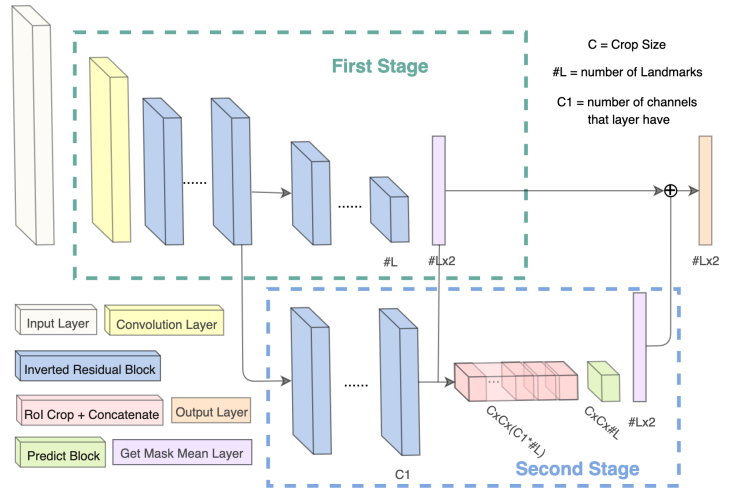
Lightweight Real-time Makeup Try-on in Mobile Browsers with Tiny CNN Models for Facial Tracking
Tianxing Li, Zhi Yu, Edmund Phung, Brendan Duke, Irina Kezele, Parham Aarabi
CVPR 2019 CV for AR/VR Workshop (Oral)
We design small models for high accuracy facial alignment. The models we propose make use of light CNN architectures adapted to the facial alignment problem for accurate two-stage prediction of facial landmark coordinates from low-resolution output heatmaps.
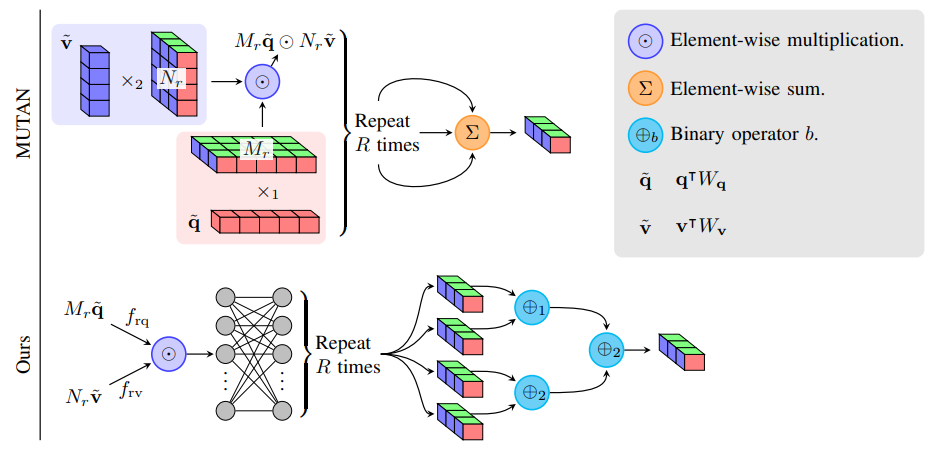
Generalized Hadamard-Product Fusion Operators for Visual Question Answering
Brendan Duke, Graham W. Taylor
Computer and Robot Vision (CRV) 2018 (Best Paper Award)
We propose a generalized class of multimodal fusion operators for the task of visual question answering (VQA). We identify generalizations of existing multimodal fusion operators based on the Hadamard product, and show that specific non-trivial instantiations of this generalized fusion operator exhibit superior performance in terms of OpenEnded accuracy on the VQA task.